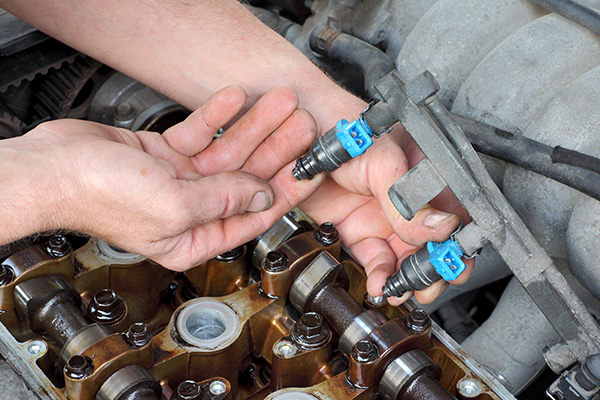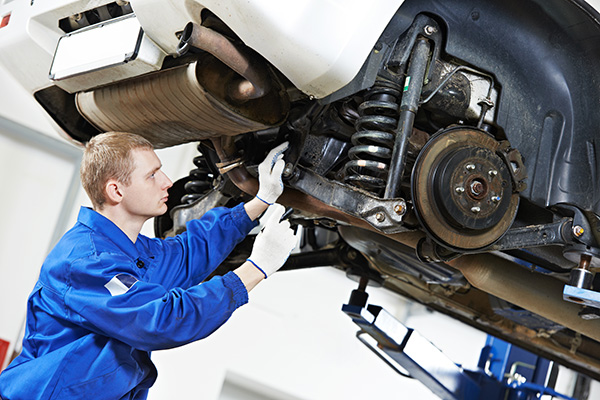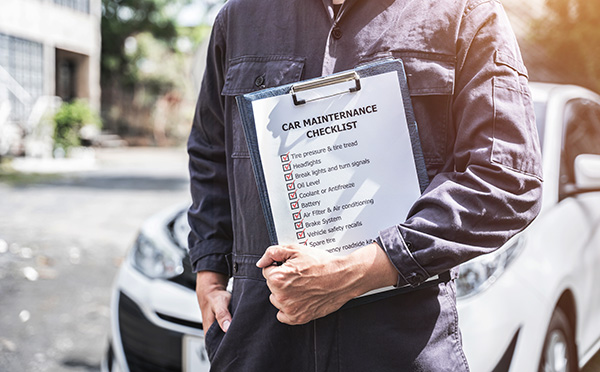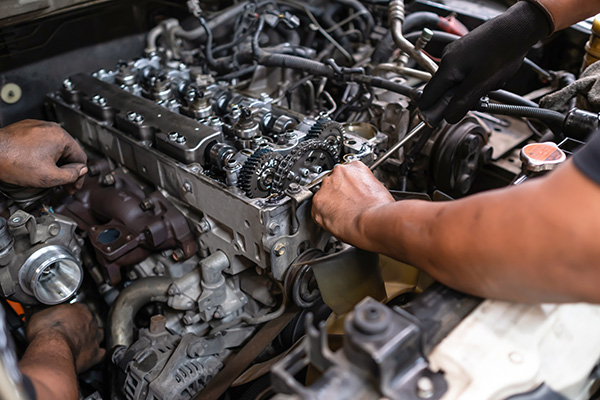Posted on 11/29/2024

Fuel injectors are essential to keeping your car's engine running. These small components play a significant role in delivering the right amount of fuel into the engine’s combustion chambers, ensuring optimal performance and fuel efficiency. However, fuel injectors can become clogged with dirt, carbon deposits, and other residues over time, leading to poor engine performance, decreased fuel economy, and rough idling. So, how can you keep your fuel injectors clean and your engine running at its best? Why Fuel Injector Maintenance Is Important Fuel injectors are like the heart of your car’s fuel system. They spray fuel in a fine mist to mix with air, creating the perfect combustion needed to power your engine. When they’re clean and functioning correctly, your car accelerates smoothly, gets better gas mileage, and produces fewer emissions. However, when they get clogged, the performance of your vehicle can take a noticeable hit. You might experie ... read more
Posted on 10/31/2024

Did you just hit a pothole that shaked your entire car? While it might seem like an annoying jolt, the truth is that potholes can do more than just rattle your nerves—they can seriously damage your car's suspension system. If you're wondering whether that innocent-looking crack in the road could lead to expensive repairs, the short answer is yes. Potholes may appear minor, but the impact they have on your vehicle can be far from trivial. How Potholes Affect Your Suspension Potholes can be a suspension’s worst enemy. When your car hits a pothole, the suspension is forced to absorb the sudden and uneven impact. Over time, repeated exposure to these road hazards can cause significant wear and tear on suspension components such as shocks, struts, and control arms. Shocks and struts, which are key parts of the suspension system, work to keep your vehicle stable by absorbing the bumps and dips in the road. However, when subjected to the harsh impact of ... read more
Posted on 9/27/2024

Night driving presents its own set of challenges, even for the most experienced drivers. With reduced visibility, unpredictable lighting, and fatigue setting in, driving after dark can feel risky. However, there are practical steps you can take to improve your night driving safety. Whether you’re commuting, running errands, or on a long road trip, these tips will help ensure you stay safe and confident behind the wheel after sundown. 1. Upgrade Your Headlights for Better Visibility Your headlights are your primary defense when driving at night, so ensuring they’re in top condition is essential. Over time, headlights can become foggy, dim, or misaligned, reducing their effectiveness. You can upgrade to more powerful halogen or LED bulbs to increase brightness and improve your ability to see and be seen by others. Also, make sure your headlights are aimed correctly. Misaligned lights can create blind spots or fail to illuminate the road ahead properly. Reg ... read more
Posted on 8/30/2024

Heading off to college often means new responsibilities, including taking care of your car. Your vehicle can be your lifeline to independence, freedom, and convenience, but it requires regular maintenance to stay reliable and safe. As a college student, managing car upkeep might seem daunting amidst your busy schedule, but it's easier than you think. Knowing a few essential car maintenance tips can save you time, money, and potential headaches down the road. These are some must-know car maintenance tips that every college student should be aware of. Basic Car Care First things first, understanding your car's basic needs is crucial. Here are some key points to remember: Read Your Owner's Manual This contains all the necessary information about maintenance schedules, fluid types, and other specific details unique to your car model. K ... read more
Posted on 7/26/2024

Keeping your car in top shape can feel daunting, but it's worth the effort. Regular maintenance can save you a ton of money in the long run by preventing major issues before they become expensive problems. If you've ever been blindsided by a hefty repair bill, you know what the feeling is. So, how do you avoid those wallet-draining surprises? The Importance of Regular Oil Changes One of the most critical aspects of vehicle maintenance is changing the oil regularly. Without it, or with old, dirty oil, your engine can suffer serious damage. Regular oil changes keep your engine lubricated, reduce wear and tear, and help it run smoothly. Make it a habit to check your oil level and follow your manufacturer's recommended oil change schedule. Tire Maintenance Next up, let's talk about tires. They're literally where the rubber meets the road, so keeping them in good condition is paramount. Check your tire pressure regularly. Underinflat ... read more